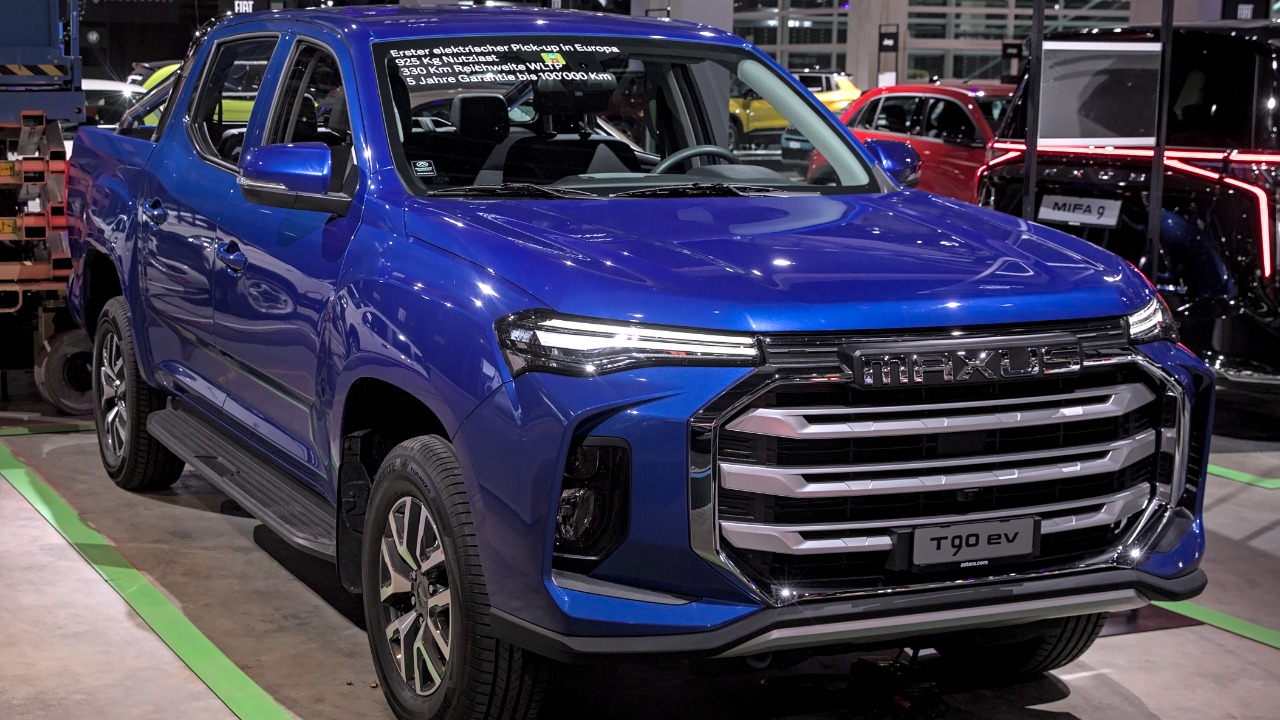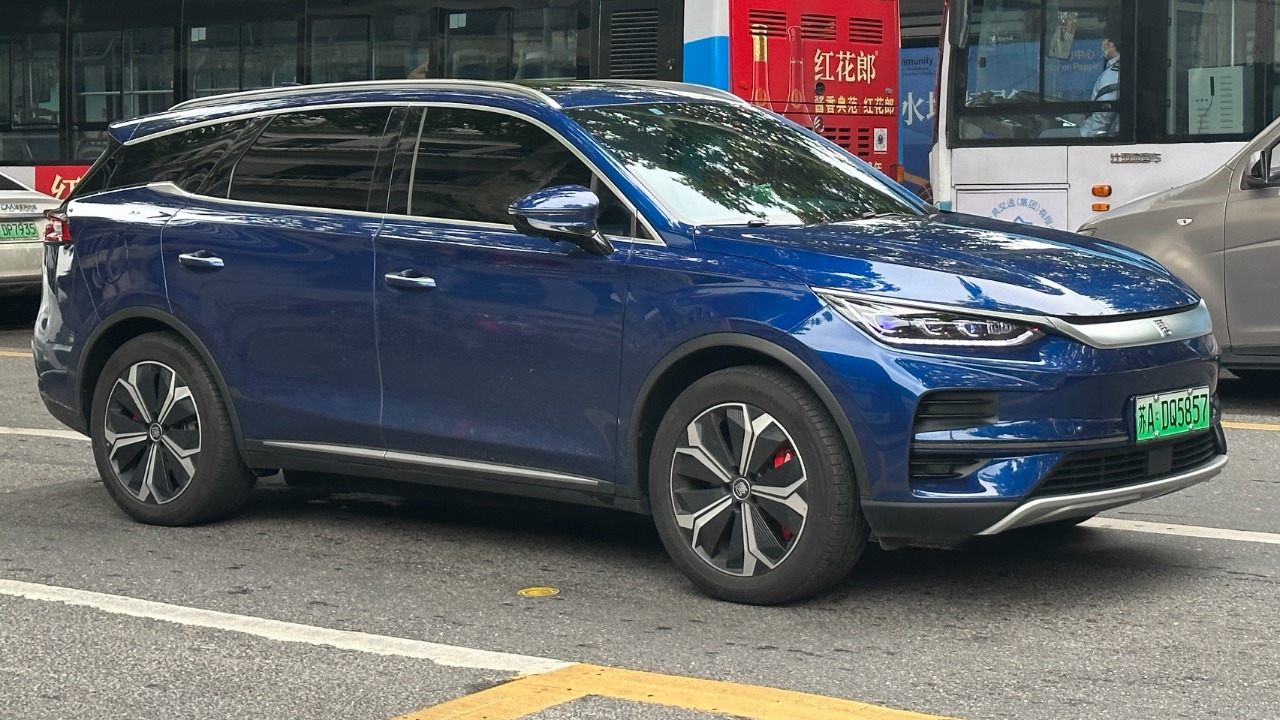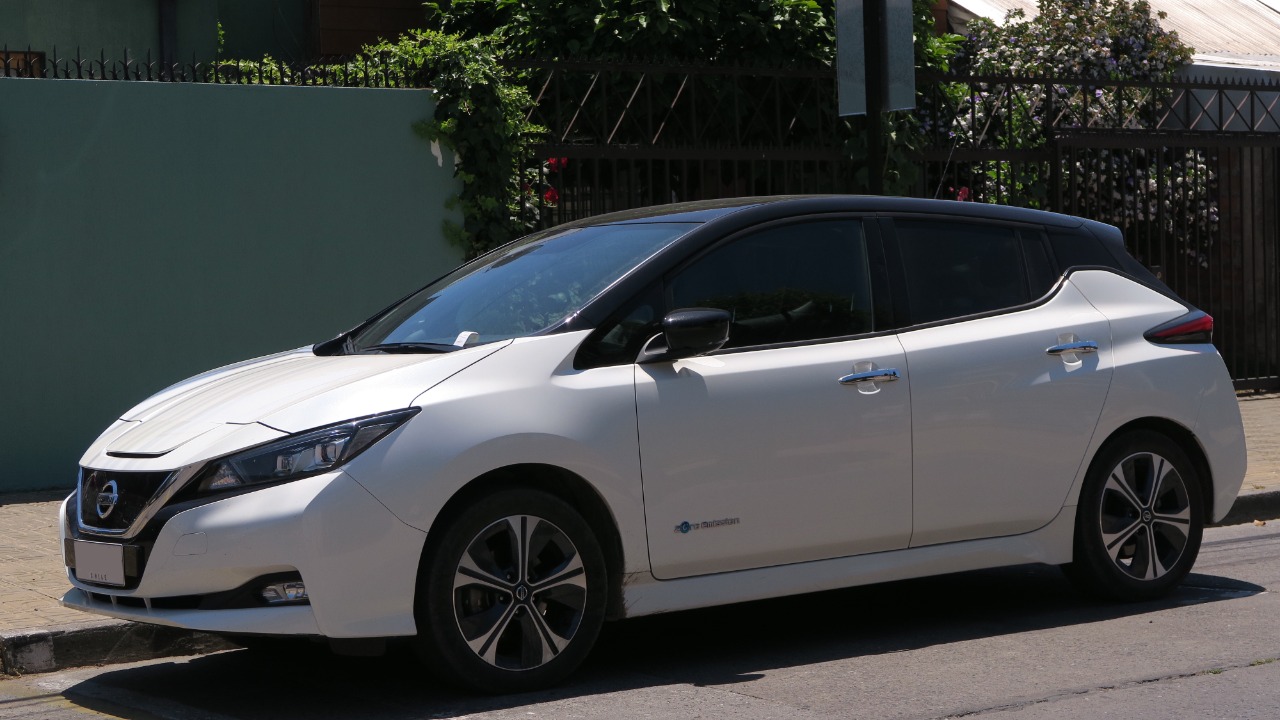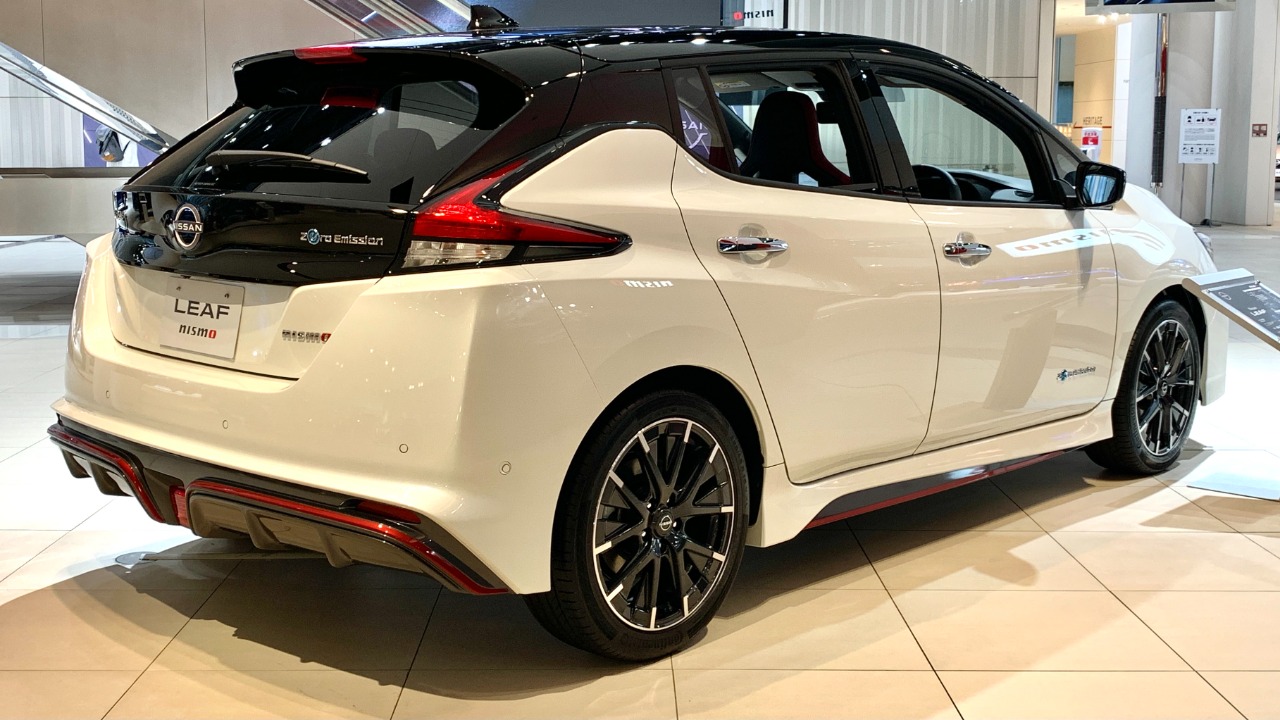
As electric vehicles (EVs) become increasingly common on roads worldwide, safety concerns have emerged regarding their quiet operation. To address this, new mandates might require EVs to be equipped with noise generators. These regulations aim to ensure pedestrian safety by making these silent vehicles audible, particularly for those with visual impairments.
The Rise of Electric Vehicles

The electric vehicle market has experienced exponential growth over the past decade, driven by the global push for sustainable and environmentally friendly transportation solutions. EVs offer significant environmental benefits, including reduced greenhouse gas emissions and decreased reliance on fossil fuels. Countries worldwide are increasingly adopting policies to support the transition from internal combustion engines to electric power, with governments offering incentives to consumers and manufacturers alike.
However, the very characteristic that makes EVs appealing—their quiet operation—also presents challenges, especially in bustling urban areas. Traditional vehicles produce engine noise that alerts pedestrians and other road users to their presence, but EVs lack this auditory cue. This silence, while beneficial for reducing urban noise pollution, has raised concerns about potential safety risks, particularly in scenarios where pedestrians need to be aware of nearby vehicles.
Public awareness of the noise issue associated with EVs is growing, but perceptions vary widely. Many consumers appreciate the reduction in noise pollution that EVs offer, while others express concern about the potential dangers of silent vehicles, particularly for individuals who rely on auditory signals for navigation. The debate continues as stakeholders weigh the benefits against the risks.
Safety Concerns and Regulations

The introduction of silent EVs has brought to light significant pedestrian safety concerns. Studies and accident statistics suggest that pedestrians, especially those with visual impairments, are at a higher risk of accidents involving EVs due to their quiet operation. This has prompted a reevaluation of safety standards and the implementation of regulations to address these issues.
In response to these concerns, regulatory bodies like the National Highway Traffic Safety Administration (NHTSA) have proposed requirements for minimum sound levels for EVs. According to NHTSA’s minimum sound requirements, EVs must emit sounds at low speeds to alert pedestrians of their presence. These regulations are designed to ensure that EVs are audible enough to be detected by individuals who rely on auditory cues for safety.
Internationally, countries are adopting similar mandates to address the issue. For instance, the European Union has implemented regulations requiring all new electric and hybrid vehicles to be equipped with Acoustic Vehicle Alert Systems (AVAS) by 2021. These measures reflect a global consensus on the importance of ensuring pedestrian safety in the age of electric mobility.
The Technology Behind EV Noise Generators

Acoustic Vehicle Alert Systems (AVAS) are at the forefront of addressing the quietness of EVs. AVAS technology enables vehicles to emit artificial sounds, alerting pedestrians to their presence. As explained in this overview of AVAS, these systems work by producing sound through external speakers, usually at speeds below 30 km/h, when engine noise is minimal.
The standards for AVAS are designed to ensure that the generated sounds are effective in alerting pedestrians without contributing to noise pollution. These sounds typically resemble traditional engine noises, but some manufacturers are exploring more innovative sound designs to distinguish their vehicles. The challenge lies in finding a balance between audibility and maintaining the quiet nature of electric vehicles.
Automotive companies are already incorporating AVAS into their EV models. For example, the 2020 Nissan Leaf was among the first to feature an AVAS system as standard, emitting a sound called “Canto” to warn pedestrians. Similarly, other manufacturers like Toyota and BMW are developing their unique sound profiles, ensuring compliance with regulations while also catering to consumer preferences.
Implications for Manufacturers and Consumers

The integration of noise generators into EVs presents both challenges and opportunities for manufacturers. On the one hand, the addition of AVAS can increase production costs and require adjustments in vehicle design. Manufacturers must ensure that the systems are seamlessly integrated into their models without compromising aesthetics or performance.
Consumer reactions to artificial vehicle noises have been mixed. While some appreciate the enhanced safety features, others express concerns about the authenticity and potential annoyance of artificial sounds. Despite these concerns, the broader goal of pedestrian safety remains paramount, and manufacturers are striving to design sound profiles that are both effective and agreeable.
These mandates could also influence future EV innovation and market trends. As regulations evolve, there may be opportunities for manufacturers to offer customizable sound options, allowing consumers to choose their preferred sound profiles. This could lead to a new dimension of personalization in the EV market, enhancing the overall driving experience while adhering to safety standards.
Looking Ahead: The Future of EV Noise Regulation

As technology advances, the landscape of EV noise regulation is likely to evolve. Future mandates may incorporate more sophisticated sound design technologies, allowing for greater customization and adaptability. This could include the ability for EV owners to choose from a range of sounds or even download unique sound profiles, much like ringtones for smartphones.
The potential for new innovations in sound design is vast. Researchers are exploring possibilities for creating sounds that are not only functional but also aesthetically pleasing, enhancing the overall appeal of electric vehicles. This integration of sound design into the EV industry could pave the way for a new era of automotive innovation.
Ultimately, these regulations are shaping the future of sustainable transportation, ensuring that the transition to electric mobility is both environmentally friendly and safe for all road users. As the industry adapts to these changes, the collaboration between regulators, manufacturers, and consumers will be crucial in achieving a balance between innovation and safety. For more insights into the implications of EV noise regulations, check out this report on EV noise regulations.